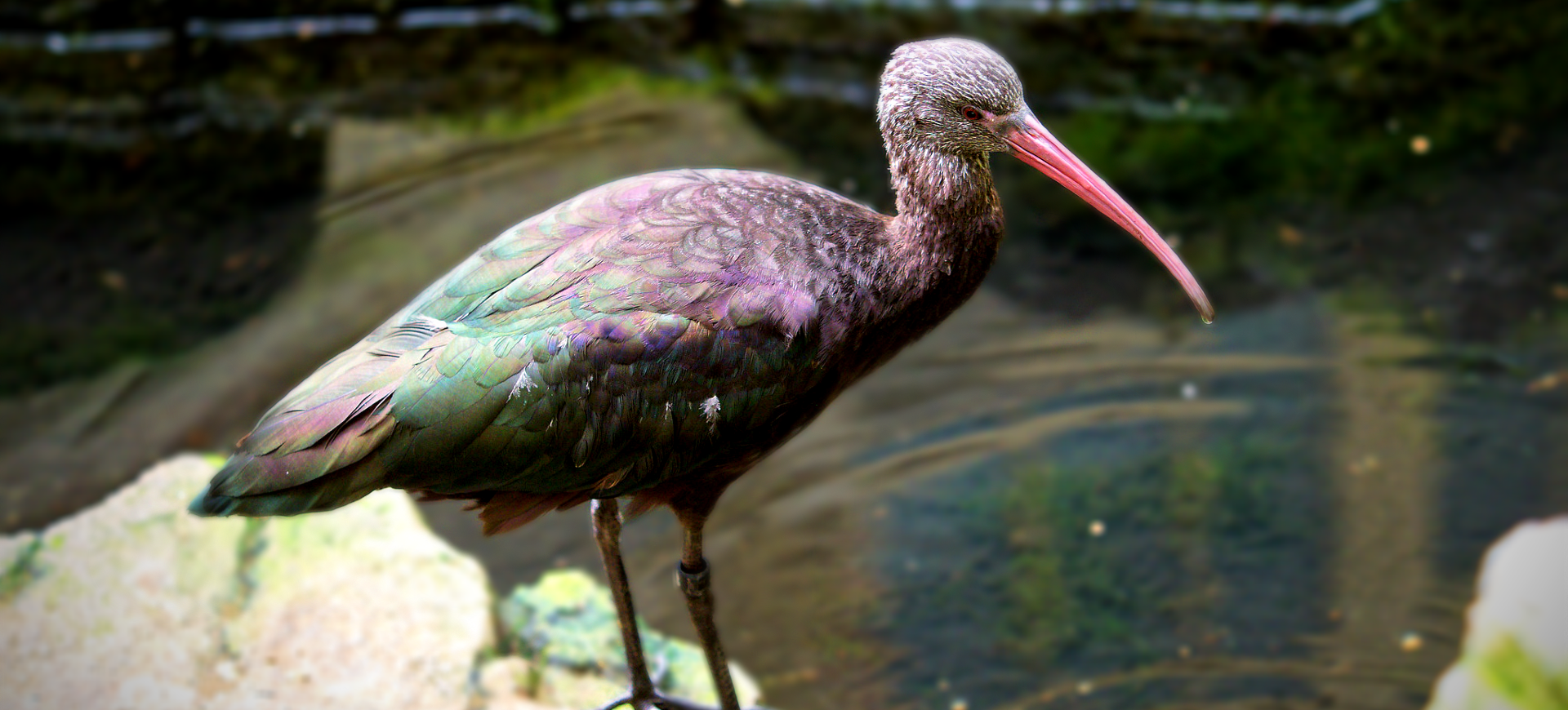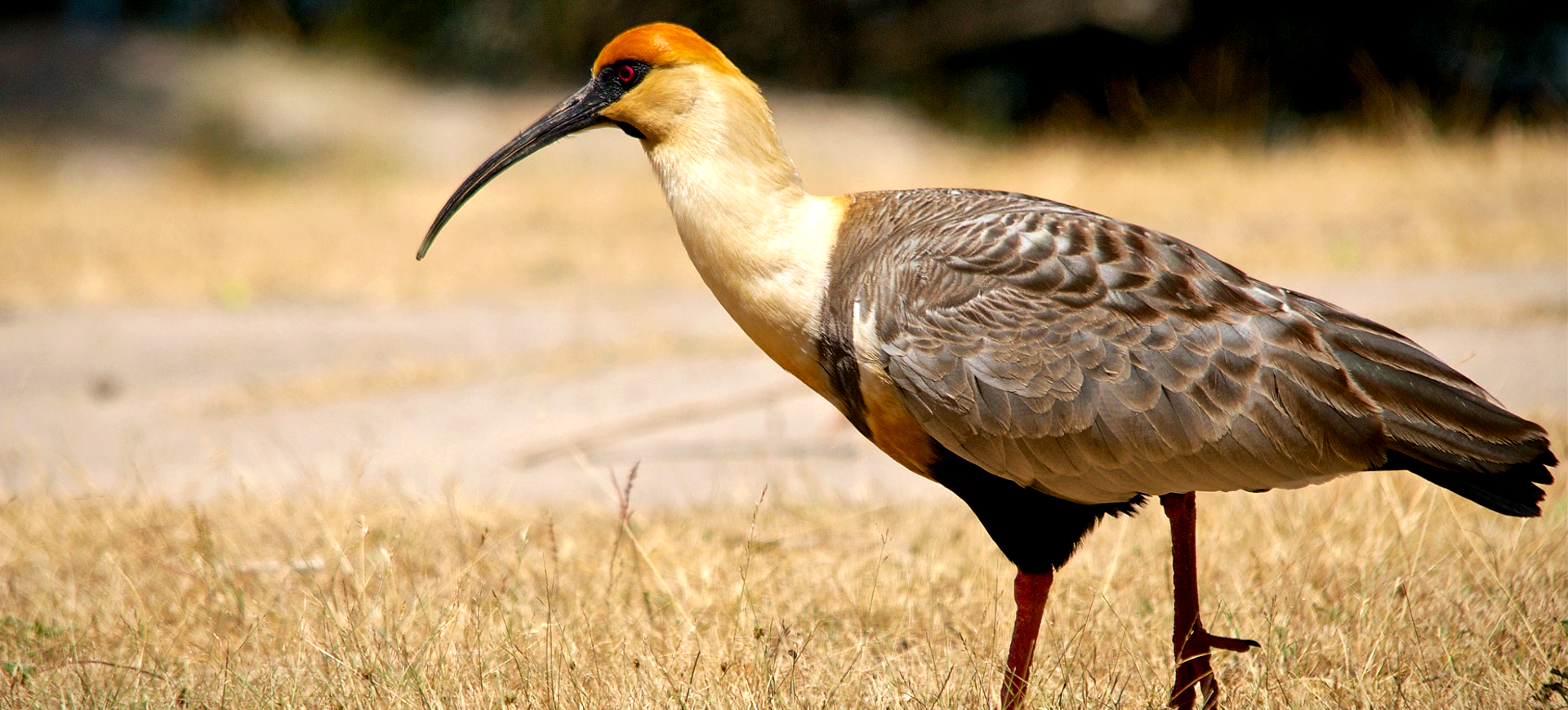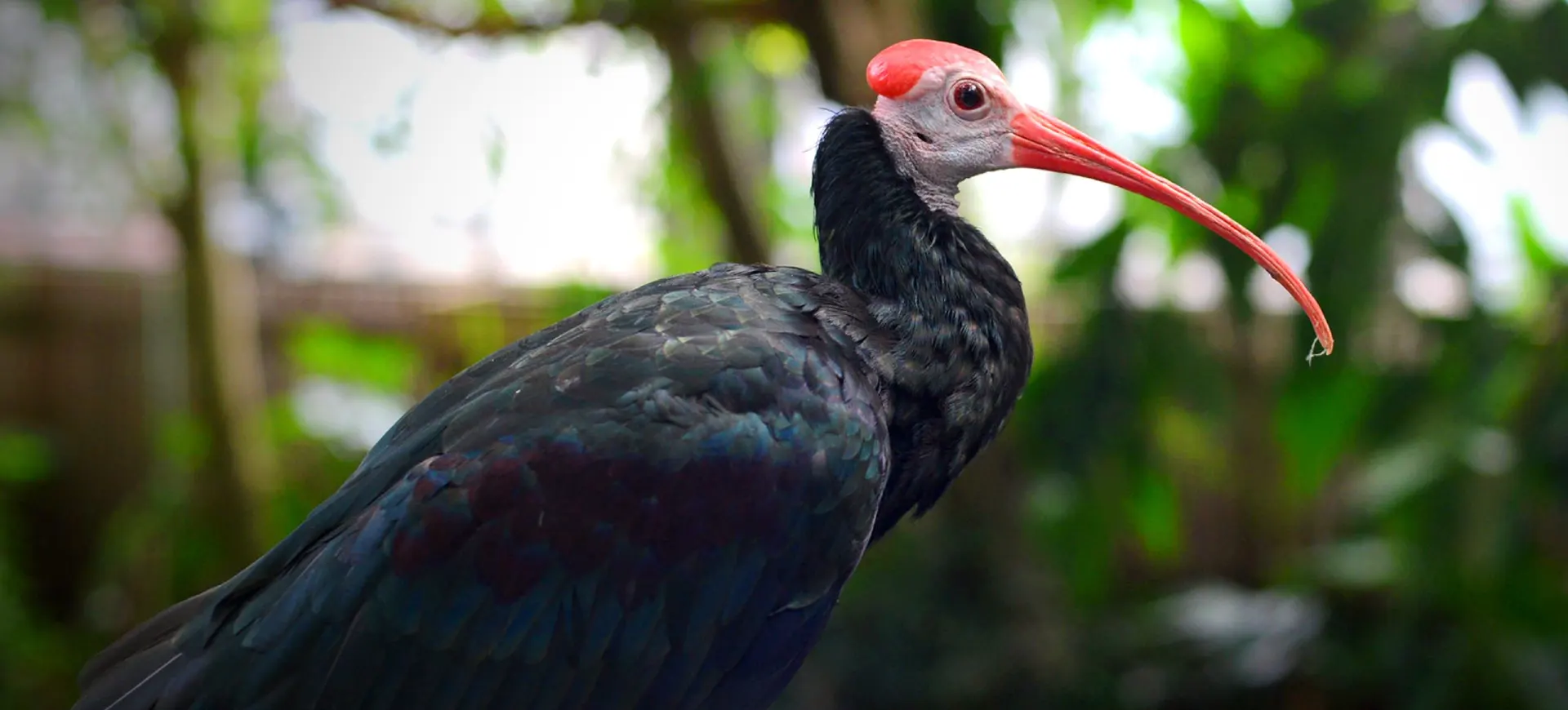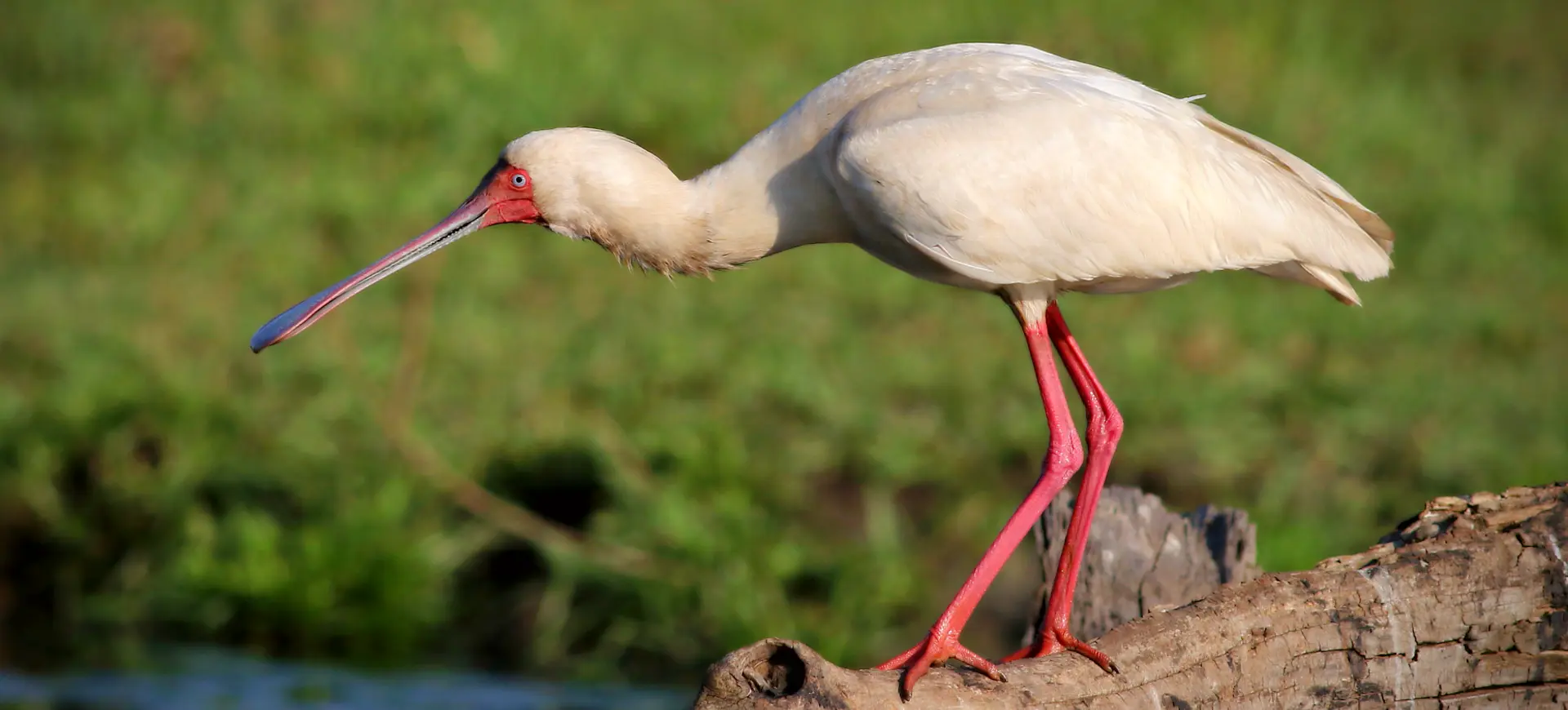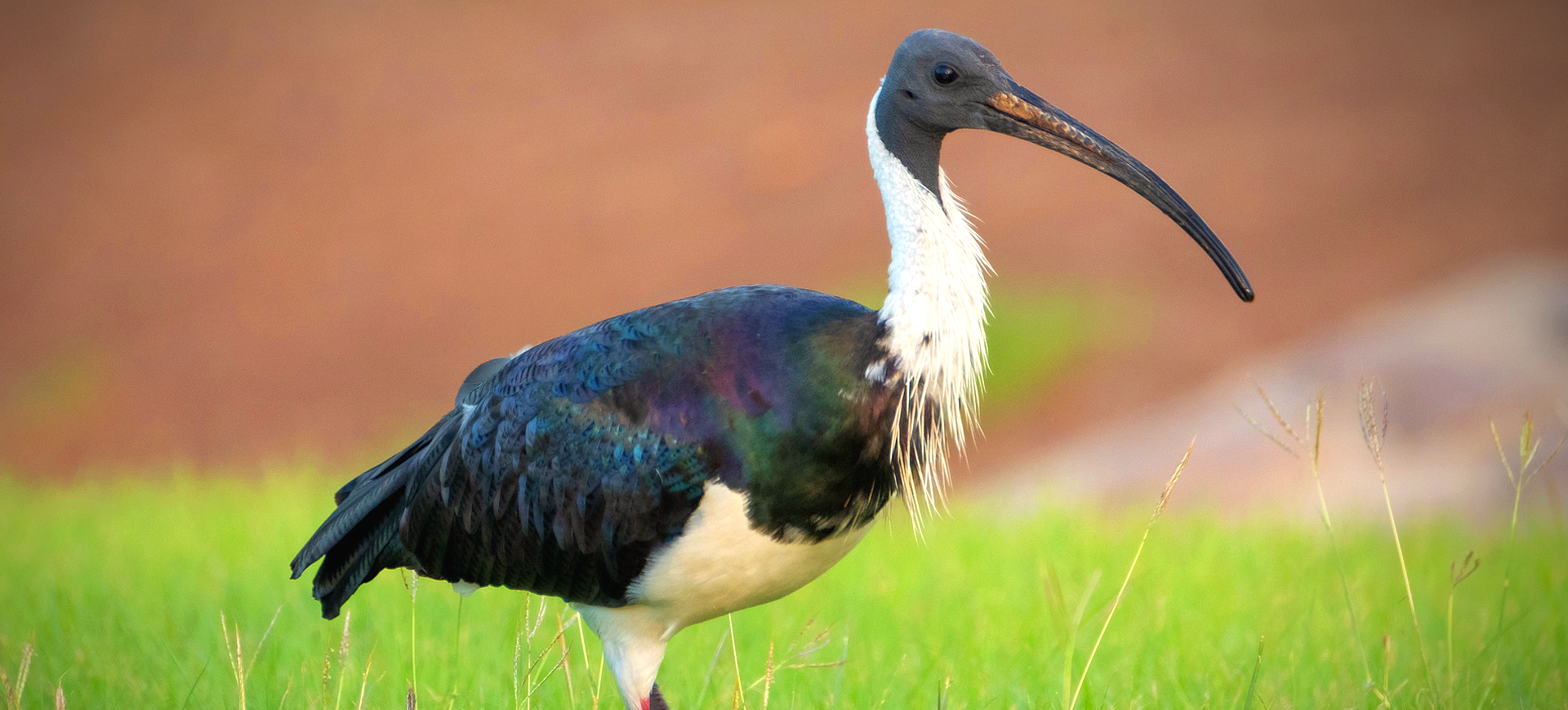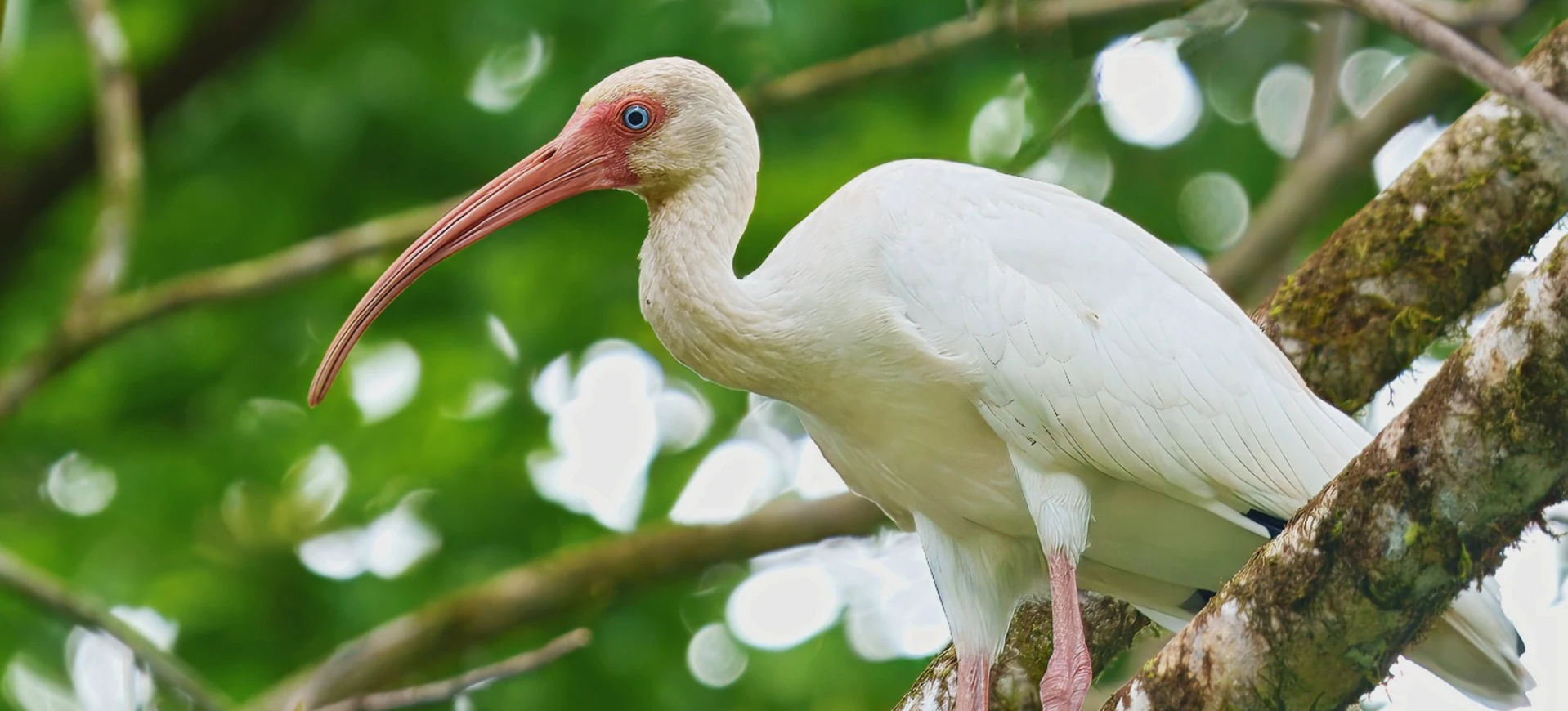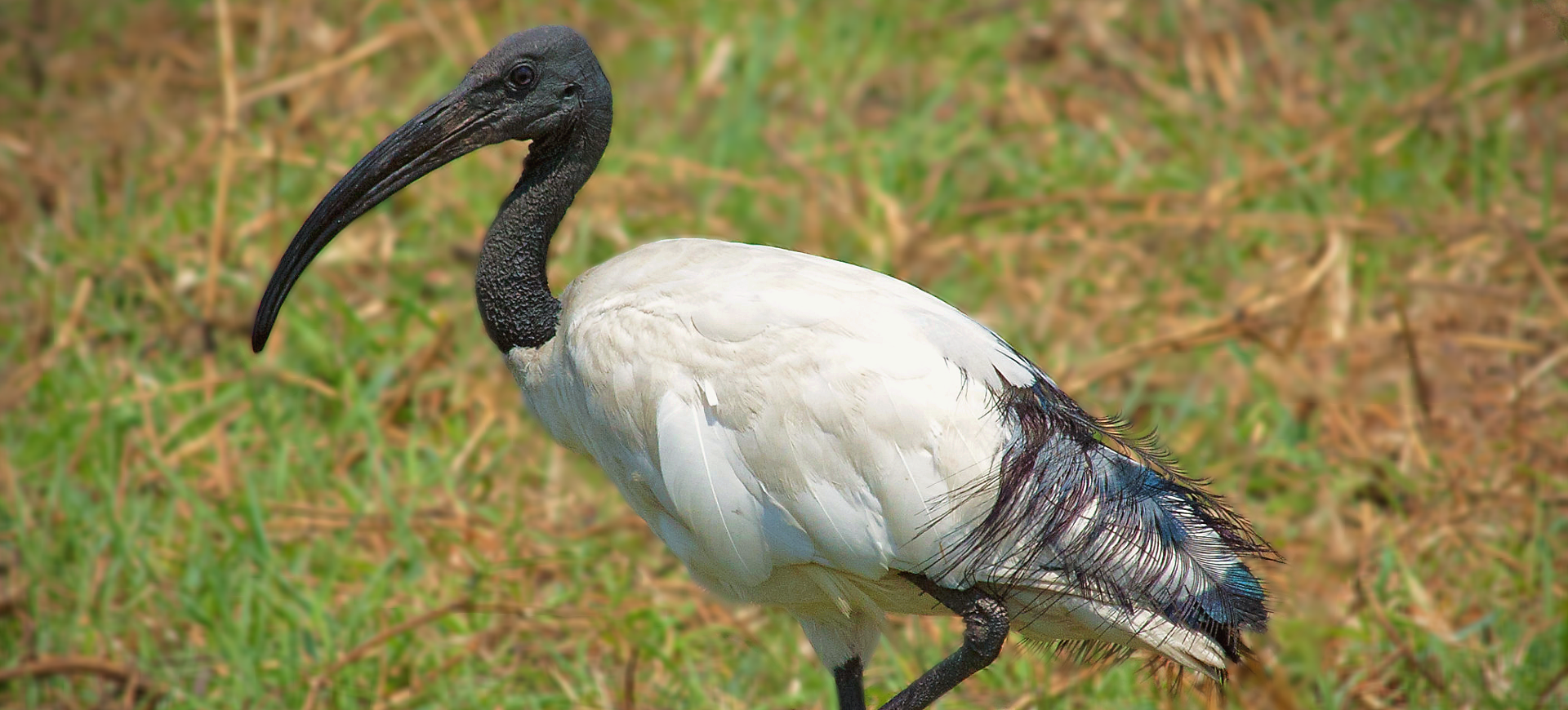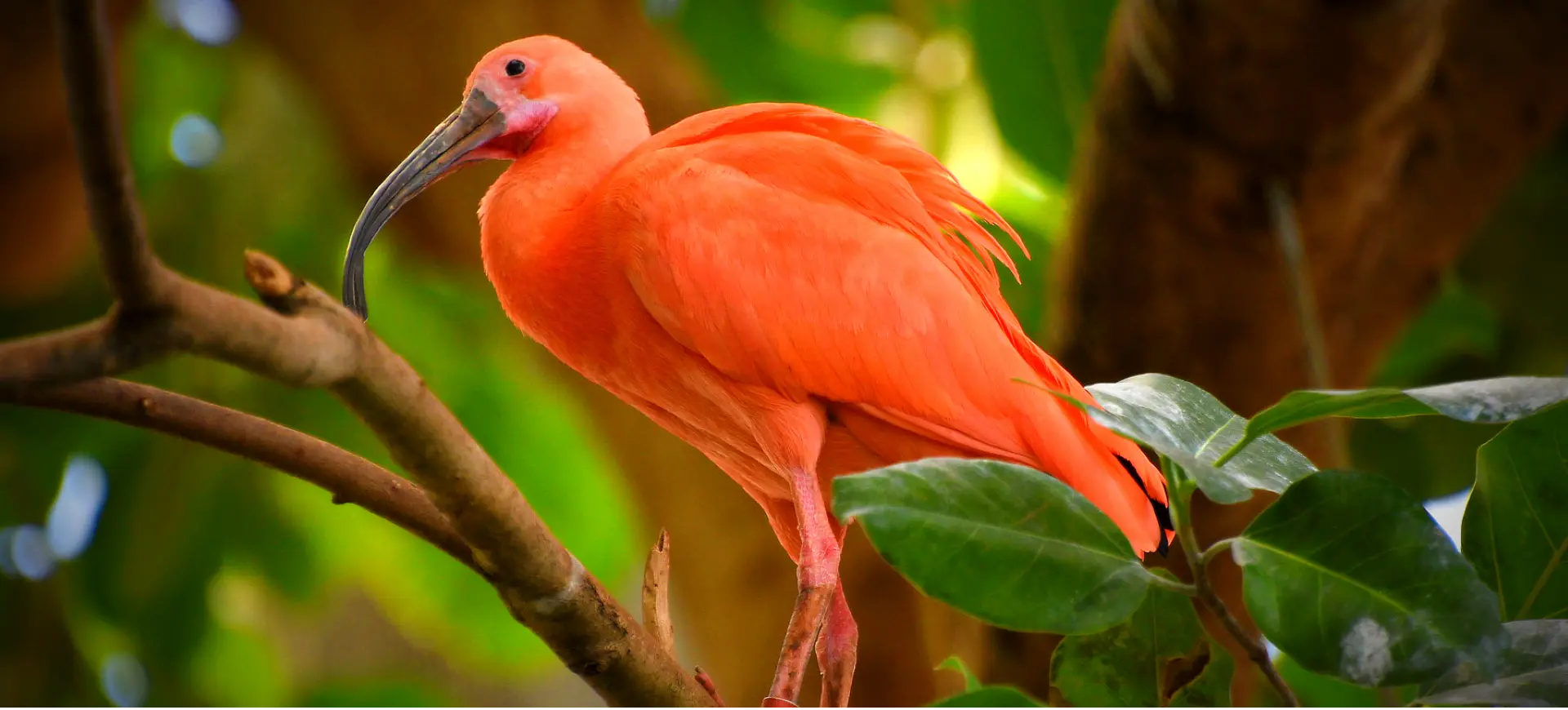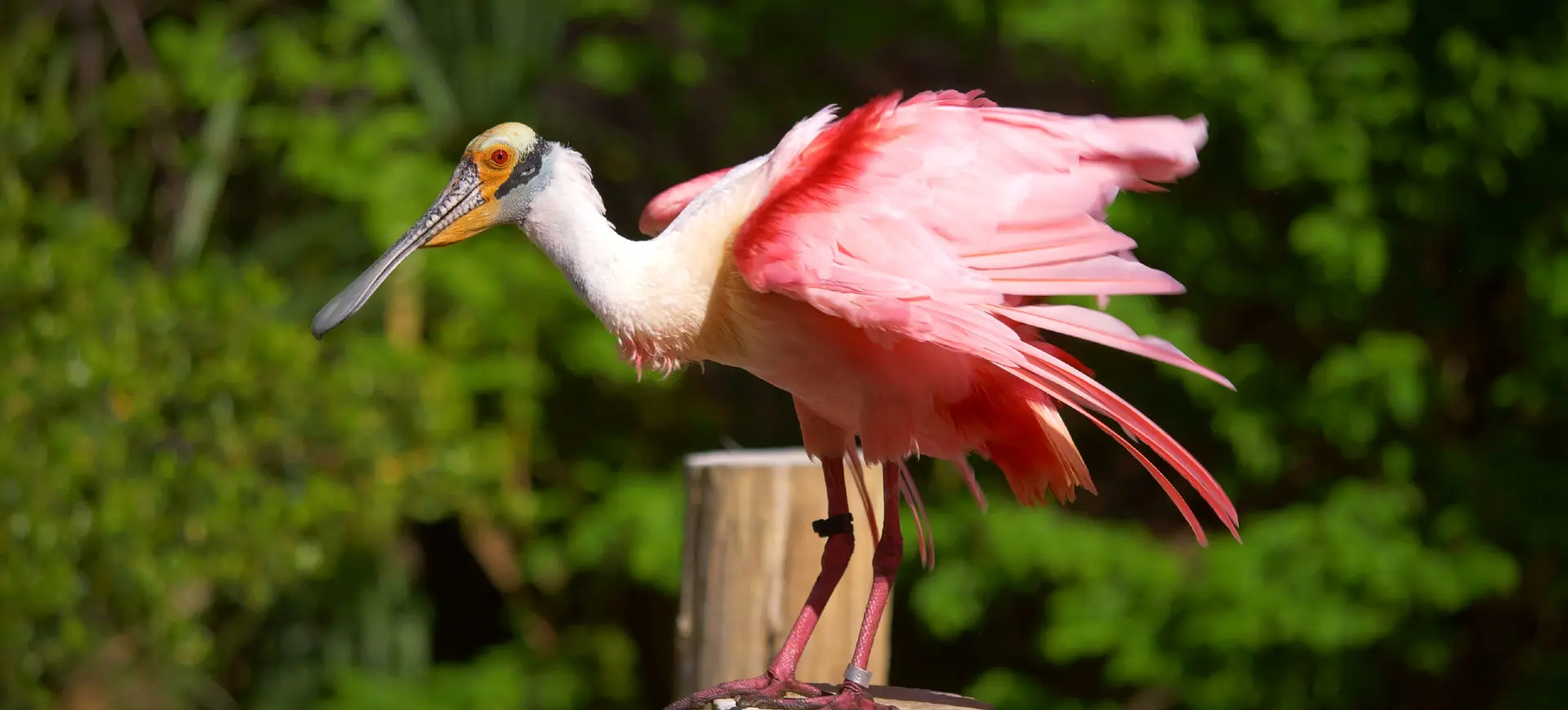Overview
The Madagascar Crested Ibis, also known as Lophotibis cristata, is a unique bird species that is native to the forests and wetlands of Madagascar. It has a distinct appearance, with its white and black plumage, a beautiful green sheen, a long decurved bill, and a crest of white plumes on the back of its head. The species is relatively small, with a size similar to a large pigeon. The Madagascar Crested Ibis exhibits sexual dimorphism, with males typically larger than females.
Primarily a tree-dwelling bird, the Madagascar Crested Ibis has strong legs and claws that enable it to easily navigate tree canopies. Its diet consists mainly of insects, small invertebrates, and occasionally small vertebrates like frogs. The bird is known for its loud, raucous calls, which it uses for communication, particularly during the mating season.
The Madagascar Crested Ibis is a monogamous species with complex mating behavior characterized by various displays and vocalizations. The female lays two eggs per clutch, and both parents participate in incubating the eggs and rearing the chicks. The young ones fledge approximately seven weeks after hatching and remain with their parents for several months.
Taxonomy
Kingdom
Phylum
Class
Order
Family
Genus
Species
Sub Species
Type
Physical Description:
The Madagascar Crested Ibis has an intriguing physical appearance. The bird possesses a mixture of white and black feathers, with an iridescent green sheen on the black parts of the plumage. This gives it a shiny, almost metallic appearance. The bird is well known for its unique crest of white feathers, which fans out from the back of its head. This crest is particularly prominent in males and gives the species its name. The bird’s beak is long and decurved, perfect for probing for insects in the bark of trees.
The size of the bird is akin to a large pigeon. Males are typically larger than females, but the two sexes look similar. The birds’ eyes are a striking red, which contrasts sharply with the white and black of their feathers. The legs and feet of the Madagascar Crested Ibis are sturdy and strong, perfect for gripping onto tree branches.

Lifespan: Wild: ~20 Years || Captivity: ~25 Years

Weight: Male & Female: 500-700 grams

Length: Male & Female: 45-50 cm

Height: Male & Female: 45-50 cm

Wingspan: 35 in (89 cm)

Top Speed: 25 mph (40 km/h)
Characteristic:
Native Habitat:
The Madagascar Crested Ibis inhabits the forests and wetlands of Madagascar, favoring areas with a high density of trees and a nearby water source. The bird prefers primary forests but can also be found in secondary and disturbed habitats. It has a strong affinity for wetlands, which provide a rich food source. The bird nests in trees, typically choosing a high branch from where it can have a good view of its surroundings.
In recent years, deforestation and habitat fragmentation have affected the bird’s habitat, which poses significant threats to its survival. Despite these challenges, the bird has shown remarkable adaptability and has been able to survive in a variety of habitats.
Climate Zones:
Biomes:
Biogeographical Realms:
Continents:
Countries:
Diet:
Diet & Feeding Habits:
The Madagascar Crested Ibis primarily feeds on invertebrates such as insects, spiders, and worms. They are also known to eat small vertebrates like frogs and reptiles. Using their curved beak, they forage in leaf litter on the forest floor and in the soil, probing and picking out their prey.
In addition to this, they have also been observed feeding on berries and fruits, making them omnivorous. Their foraging often occurs in groups, including members of other bird species.
Mating Behavior:
Mating Description:
The Madagascar Crested Ibis is a monogamous species, with pairs forming strong bonds that last for many years. The mating season coincides with the start of the rainy season, typically around November or December. During this period, males engage in various displays to attract females. These include fluffing their crests, calling loudly, and presenting food gifts.
Once a pair has formed, they build a nest together in the canopy of a tree. The female lays two eggs, which both parents incubate. The eggs hatch after around 28 days. Both parents participate in rearing the chicks, feeding them and protecting them from predators. The chicks fledge about seven weeks after hatching but remain with their parents for several months.
Reproduction Season:
Birth Type:
Pregnancy Duration:
Female Name:
Male Name:
Baby Name:
Social Structure Description:
The Madagascar Crested Ibis is a social bird typically living in small groups. These groups consist of several pairs, along with their offspring. The birds communicate with each other using a variety of calls and displays. During the breeding season, males engage in various displays to attract females.
Although the birds live in groups, they also exhibit territorial behavior. Each pair defends a territory, which includes a nesting site and a feeding area. The birds are highly aggressive towards intruders and will fight to defend their territory.
Groups:
Conservation Status:
Population Trend:
The population of the Madagascar Crested Ibis is estimated to be around 7,000 individuals in the wild. However, this number is decreasing due to various threats, including habitat loss, deforestation, and hunting. The bird’s habitat is being lost at an alarming rate due to deforestation and land conversion for agriculture. In addition, the bird is hunted for its meat and feathers, further exacerbating its population decline.
Despite these threats, there are also efforts to conserve the bird and its habitat. Protected areas have been established where the bird’s habitat is preserved, and hunting is prohibited.
Population Threats:
The main threats to the Madagascar Crested Ibis include habitat loss, deforestation, and hunting. Deforestation and conversion of land for agriculture have led to a significant loss of the bird’s habitat. The bird’s preference for primary forests makes it particularly vulnerable to deforestation. In addition, hunting for the bird’s meat and feathers is a significant threat.
Climate change is another threat to the Madagascar Crested Ibis. Rainfall patterns can affect the bird’s food availability and breeding success. Furthermore, the bird is also vulnerable to diseases and parasites, which can significantly impact its population.
Conservation Efforts:
Efforts to conserve the Madagascar Crested Ibis include establishing protected areas, habitat restoration, and captive breeding programs. Protected areas have been established in several parts of Madagascar, where the bird’s habitat is preserved, and hunting is prohibited. These areas are crucial for the bird’s survival.
Habitat restoration efforts are also underway to restore degraded forests and create new bird habitats. Captive breeding programs have been successful in breeding the bird in captivity, creating a safety net population that could be used for reintroduction in the future.
Additional Resources:
Fun Facts
- The Madagascar Crested Ibis is the only member of the genus Lophotibis.
- The bird’s crest of white feathers is particularly prominent in males and is used in displays during the mating season.
- The Madagascar Crested Ibis has strong legs and claws, enabling it to easily navigate the tree canopies.
- Despite its preference for forests, the bird is also found in wetlands and disturbed habitats.
- The bird’s loud, raucous calls can be heard from a considerable distance.
- Both male and female Madagascar Crested Ibis participate in incubating the eggs and rearing the chicks.
- The bird’s diet consists mainly of insects and small invertebrates.
- The Madagascar Crested Ibis is endemic to Madagascar and is not found anywhere else in the world.
- The bird’s striking red eyes contrast sharply with its white and black plumage.
- Despite being a tree-dwelling bird, the Madagascar Crested Ibis also descends to the ground to feed, particularly in wetlands.






